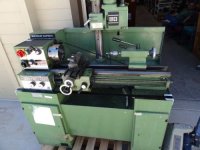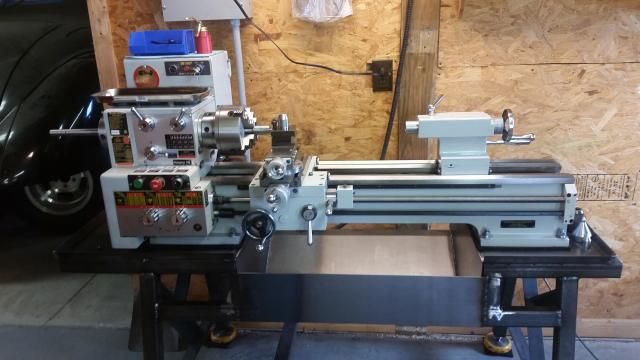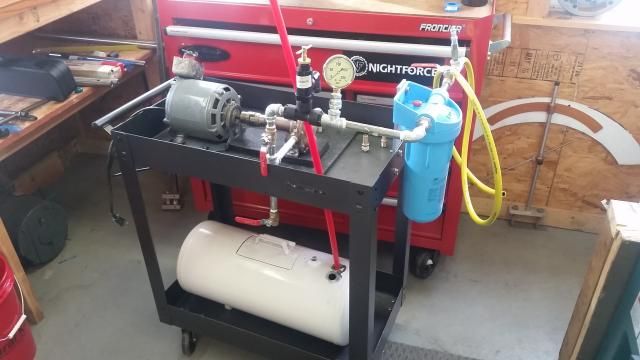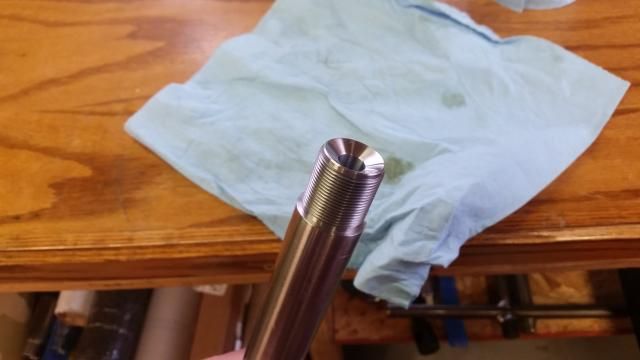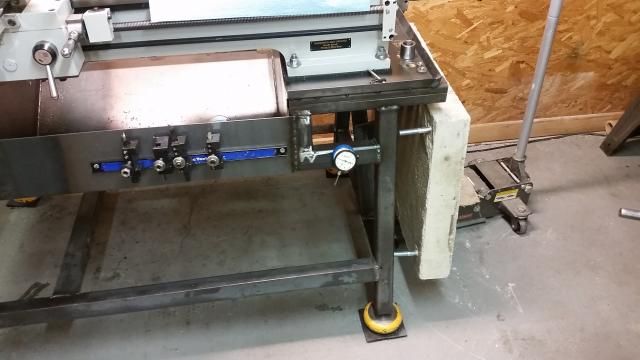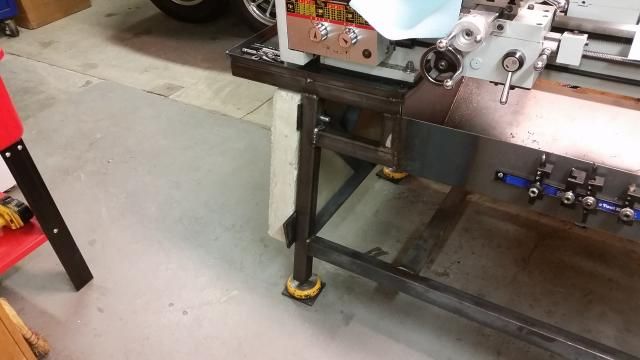Dusty
They do. However the stand is nothing more than a flimsy welded sheet metal stand. To boot it cost 1350$. I figured I could do better than that, and I think I did .
Although my stand isn't perfect, it actually does better than I thought it would. I plan on pouring two concrete slabs and bolt them on to each end of the stand. That alone will add 2 or 300 pounds. Maybe more depending on how I form them up.
When the new shop is finished, I think I will go ahead and bolt the stand to the concrete flour. That will help a bunch.
I prefer to chamber kinda like Gordy does, and with the barrel in the headstock as pictured, the run out doesn't seem to influence the machine. I was worried It might.
One other thing I may do for the time being. I may weld a dead man from the stand, and then bolt the other end to the 6x6 wooden post directly behind the lathe. That will control the shake if I encounter any. I really feel good about the hole thing.
I know several of the original SB heavy 10 owners will not like this machine based on principle alone. I will say however, this may not be much like the original but it is a darn fine machine . I can feel the difference between this Taiwanese made unit compared to the china made lathe I own. I really like my big machine, so I was really impressed with this little unit. Time will tell the real story. Lee


